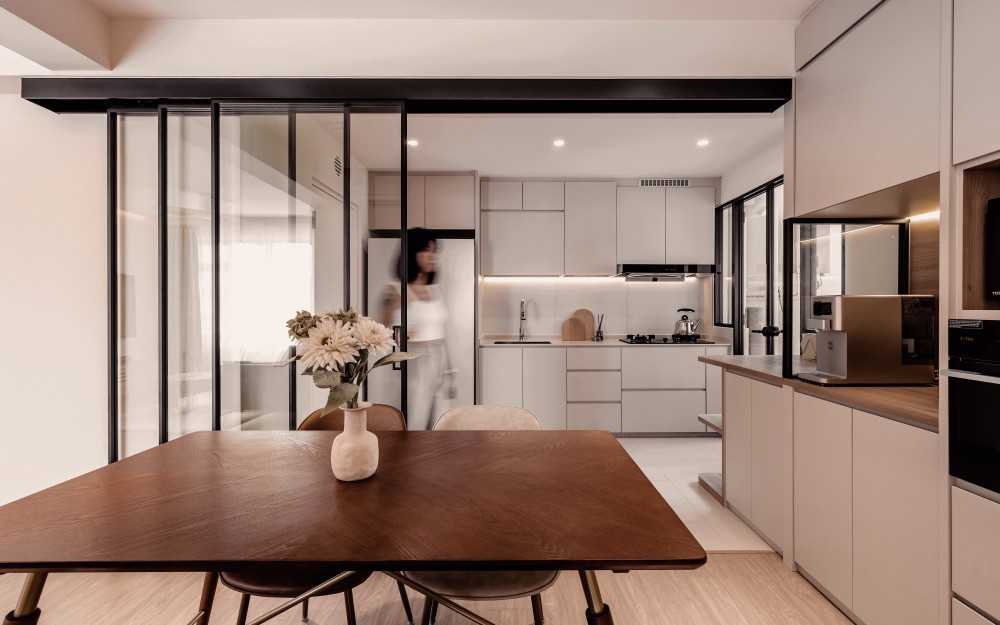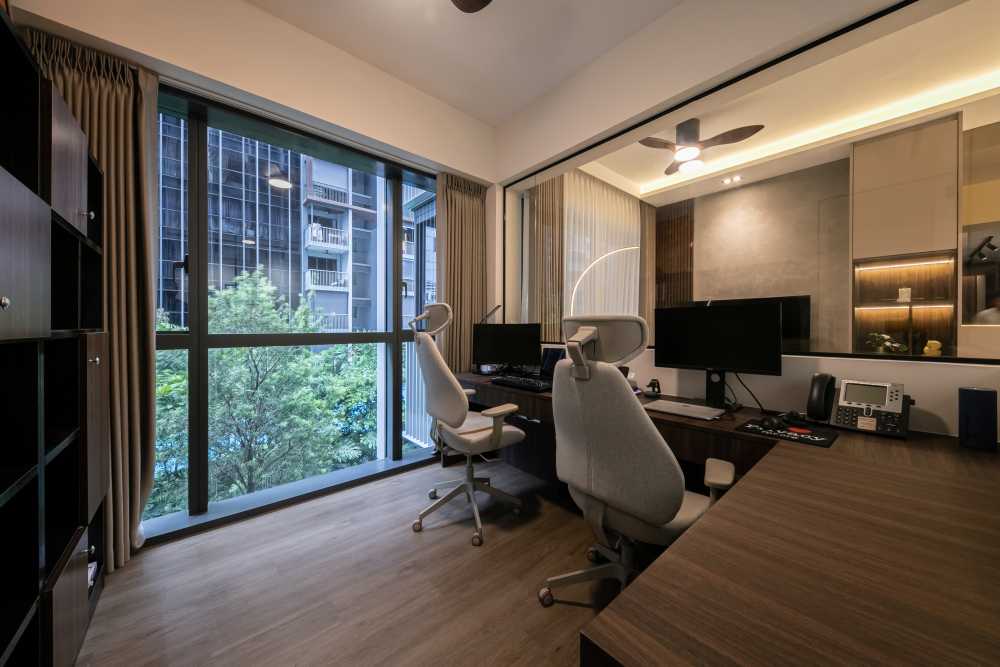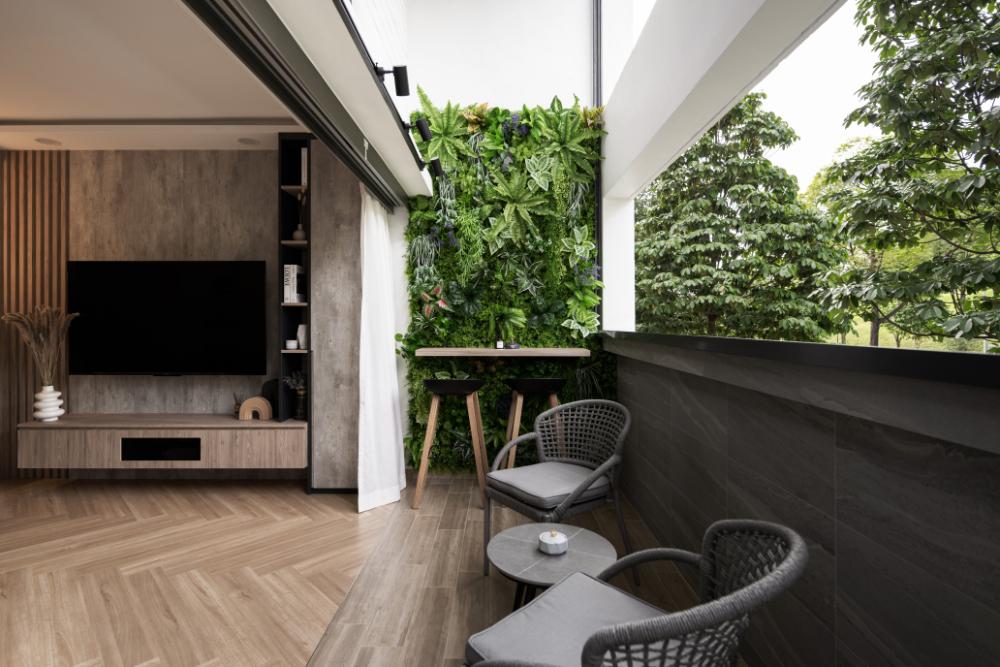Scandinavian vs Modern vs Mid-Century: The Ultimate Guide To Interior Design Styles
Renovating your place? The first question that you’ll probably get from your ID is: What kind of design style are you going for?
Even if you’ve spent hours poring over Pinterest boards, it might still be difficult to distill the exact look and feel you want into one specific word. Plus, there are many styles that seem similar – what’s the difference between Scandinavian and minimalist? Or Japanese and minimalist?
In this article, you’ll find a comprehensive list of all the interior design styles out there, and explanations of what each style means.
The Ultimate Guide To Interior Design Styles
In a nutshell, here are all the interior design styles that you have to choose from:
- Vintage/retro
- Contemporary
- Modern
- Scandinavian
- Japanese
- Minimalist
- Eclectic
- Bohemian
- Industrial
Vintage/Retro Interior Design
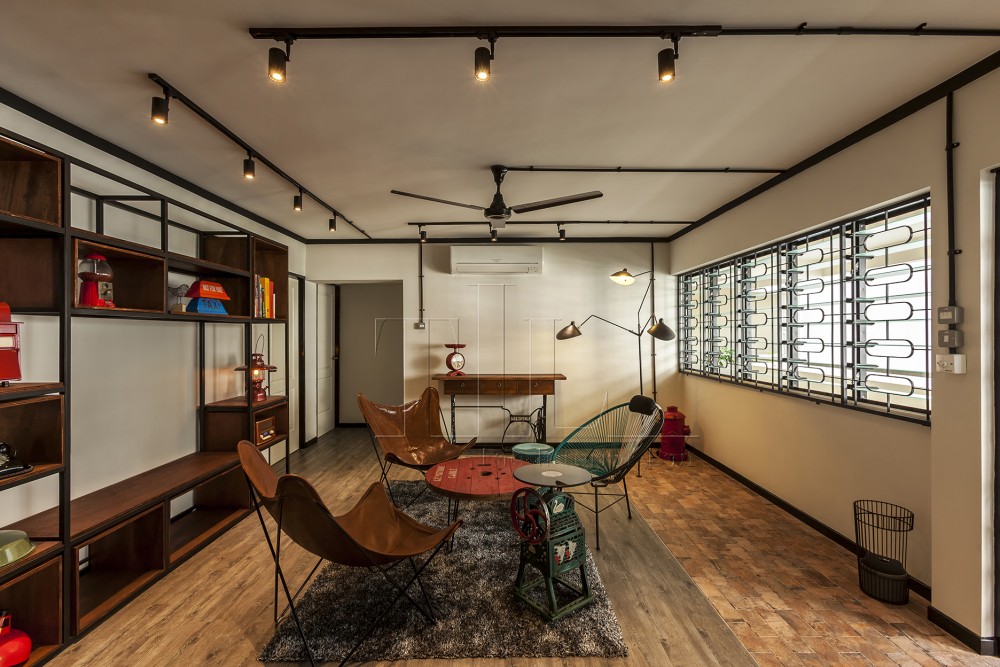

82 Strathmore Avenue ($42,000) by The Interior Lab Pte Ltd
The terms “vintage” and “retro” are often used interchangeably, but they actually mean two different things.
What is vintage interior design? This refers to styles inspired by 1940s decor – think glamorous interiors and luxurious fabrics.
What is retro interior design? This refers to styles inspired by 1960s decor – think colourful, patterned pieces.
If you’re just going for a generic “old-school” look but don’t want to confine yourself to a specific decade or era, that’s perfectly fine too.
Renovating your home: Look for peranakan tiles and mosaic tiles, ventilation blocks, metal grille gates, window louvres, and poured concrete kitchen counters.
Purchasing furniture: Browse second-hand shops such as Journey East, Second Charm, Hock Siong, The Godown, and Retro Colony. You might also be able to snag a few gems on Carousell, depending on your luck. Look for wooden furniture, old trunks or suitcases, old appliances that you can display, and collectibles such as vintage Coke glasses.
Budget: $$ to $$$ (Vintage furniture can get pretty pricey – try Carousell instead of ‘famous’ vintage stores like Hock Siong if you’re trying to keep costs low).
Contemporary Interior Design
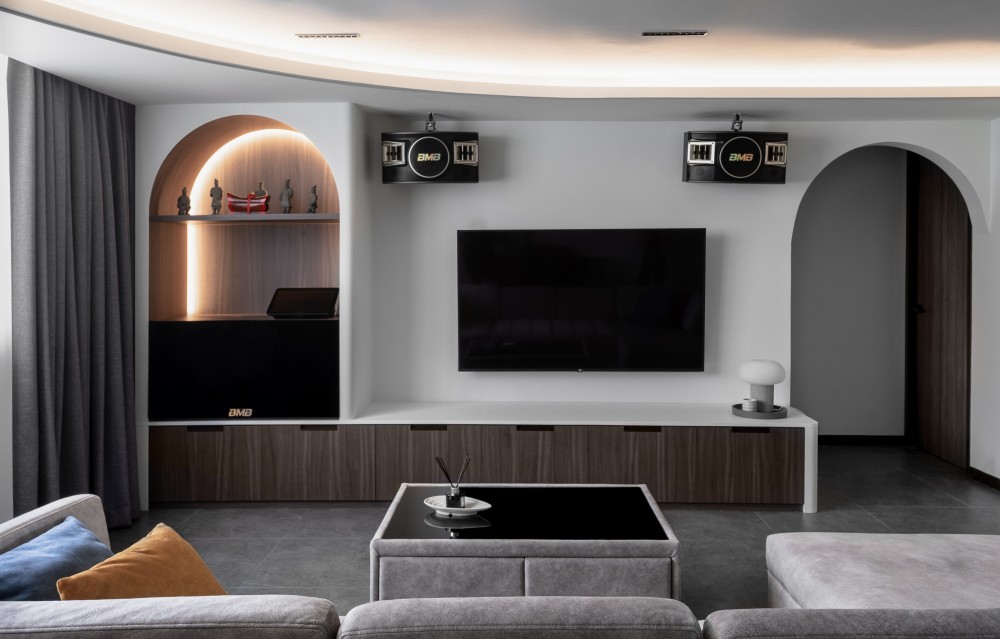

Ubi Avenue 1 ($140,000) by MET Interior
What is contemporary interior design? This refers to whatever style is popular now – so the definition of “contemporary” keeps on evolving, and what is considered a contemporary interior today will look very different than what was considered contemporary 10 years ago. As of now, contemporary interiors are clean, unadorned, and feature plenty of metals and glass.
Renovating your home: Steer clear from anything that looks fussy, such as rockstone wall finishings and patterned wallpapers. If you’d like to open up your kitchen, consider replacing your wall with a glass panel.
Purchasing furniture: Look for furniture with exposed legs. Metal and glass items are great. Avoid using too many colours in one space.
Budget: $ to $$$
Modern Interior Design
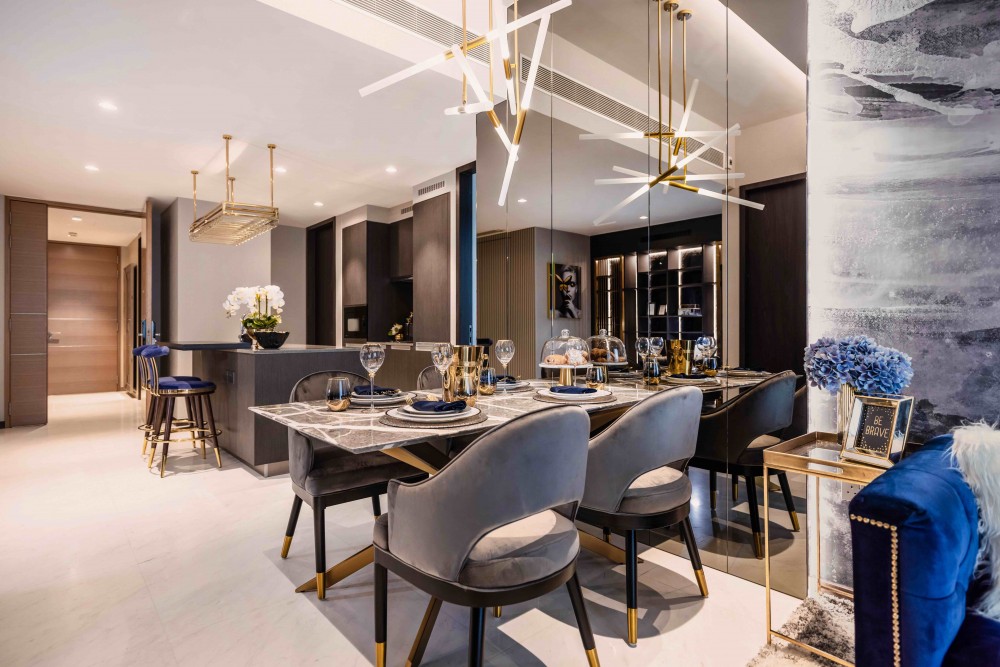

Marina One ($80,000) by Mr Shopper Studio
What is modern interior design? Modern design might sound the same as contemporary, but they are actually two different things. While contemporary refers to what’s currently popular, modern design is more timeless and iconic. Modern-style homes are clean and neutral, with wood, leather and polished metal being popular materials.
Renovating your home: Steer clear from anything that looks fussy, such as rockstone wall finishings and patterned wallpapers.
Purchasing furniture: Look for wooden and metal furniture. For your living room, consider a leather sofa, which is a timeless piece.
Budget: $ to $$$
Scandinavian Interior Design
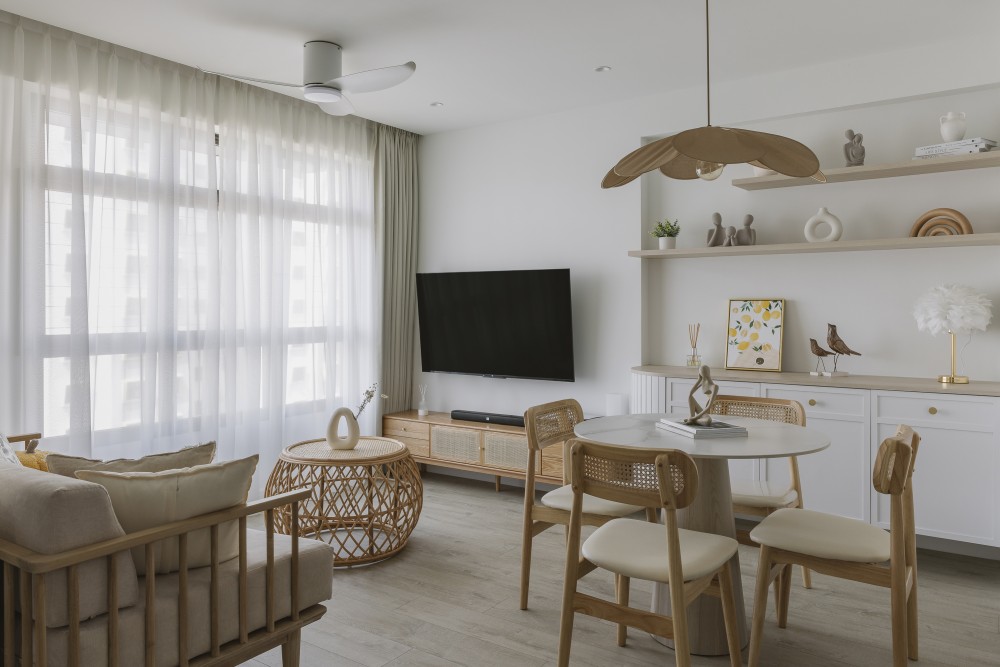

37A Pine Lane ($35,000) by The Interior Lab Pte Ltd
What is Scandinavian interior design? Scandinavian-style design is all about simplicity and functionality. Because this design aesthetic features a lot of clean lines and muted tones, it’s easy on the eyes, making it a popular style both in Singapore and worldwide.
Renovating your home: Aim for clean lines and geometric forms. Consider having an open-concept kitchen to open up your space. Stick to a soft colour palette with light-toned woods and creams, whites and tans.
Purchasing furniture: Your furniture should be elegant and minimal, with an emphasis of craftsmanship. For home decor, Scandinavian-style homes are big on textures, such as wools and fur – you can incorporate these into your home by adding carpets, rugs, throws, cushions and pillows.
Budget: $ to $$$
Japanese Interior Design
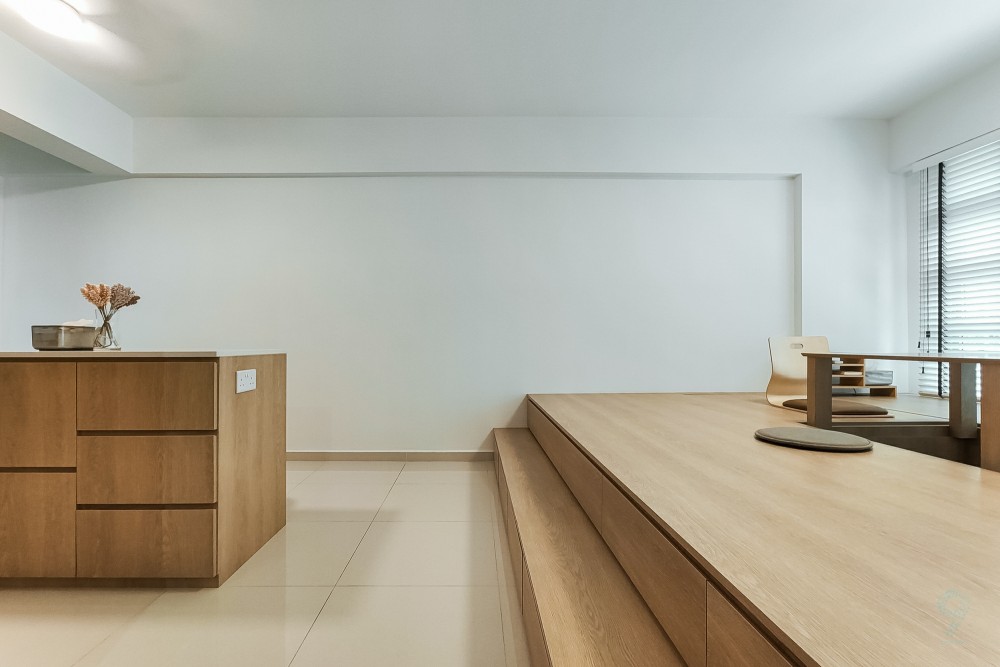

273A Punggol Place ($25,000) by 9 Creation Pte Ltd
What is Japanese interior design? Japanese interior design isn’t as established or popular as, say, Scandinavian design, but it’s fast becoming a thing. This design aesthetic is all about light wood surfaces, furniture that’s low to the ground, and a clean, pared-back style.
Renovating your home: For your bedroom, consider having a platform bed in a light wood colour. The same goes for your living room – you can also build a platform and lay out futons or tatami-style chairs, instead of using a sofa or couch.
Purchasing furniture: Look for wooden furniture, Shoji screens that you can use as dividers, and Japanese-inspired paintings to complete the look.
Budget: $$ to $$$ (This style is reliant on carpentry, which will inflate your renovation cost!)
Minimalist Interior Design
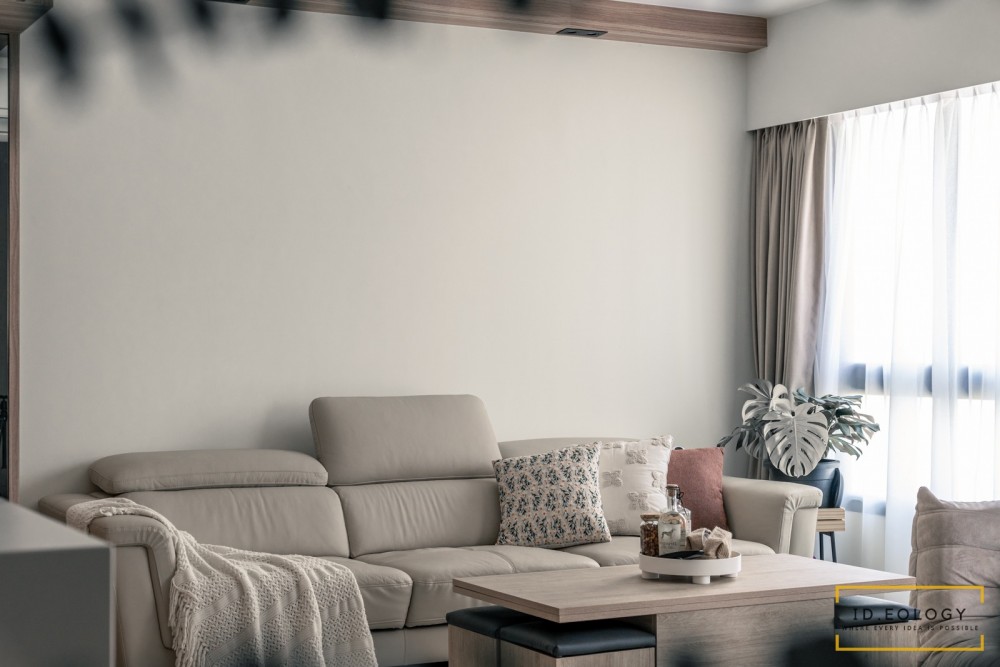

402 Fernvale ($50,000) by Ideology Interior
What is minimalist interior design? Minimalist design has been popular since the early twentieth century. This design aesthetic was influenced by the simplicity of Japanese design, which is why you’ll see many similar elements between minimalist and Japanese designs. With minimalist-style interiors, it’s all about going back to the basics, with the philosophy that less is more.
Renovating your home: Take inspiration from a modern art gallery or a museum – you want your space to be clean, elegant, and pared back. Again, no fussy details like textured walls or patterned wallpapers. Use colour sparingly as well.
Purchasing furniture: Look for furniture with clean lines. Decor is allowed, but should be kept to a minimum.
Budget: $ to $$$
Eclectic Interior Design
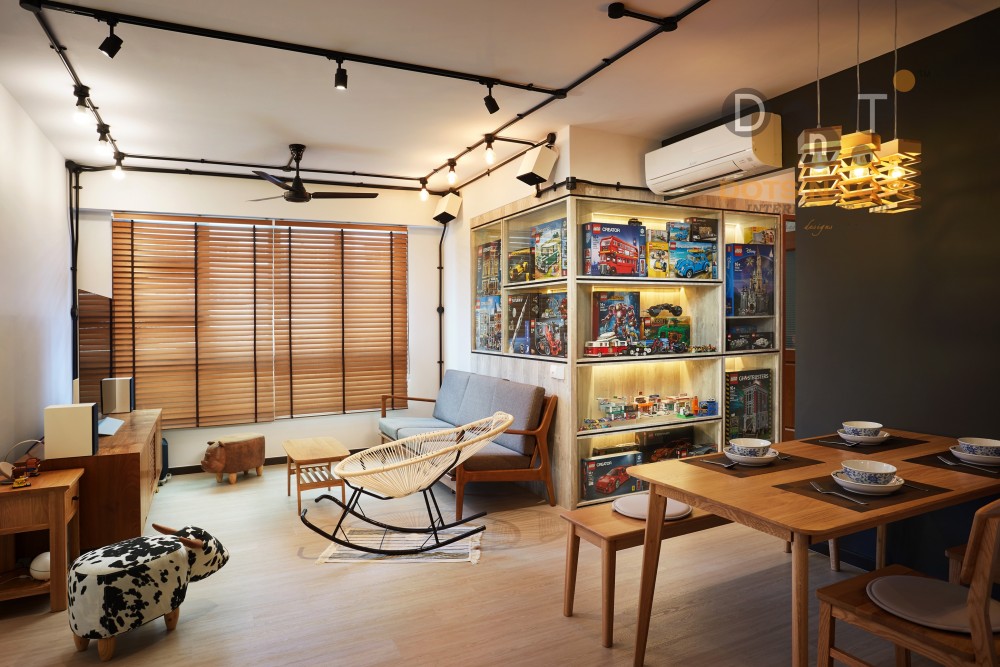

90A Telok Blangah ($31,000) by Dots ‘N’ Tots Interior Pte Ltd
What is eclectic interior design? In an eclectic-style home, you have the freedom to explore and experiment. You can blend elements from different styles, and play around with different colour or texture combinations. Aim for a mismatched vibe, but one that’s charming instead of chaotic.
Renovating your home: Keep your walls simple and plain. You don’t want anything too textured or eye-catching on your walls, given that you’ll probably feature different knick-knacks and curios in your space to achieve the eclectic look.
Purchasing furniture: Look for furniture and knick-knacks that speak to you, and look good together.
Even if you purchase your furniture from different places, they should still have an element of commonality. For example, many homeowners mix and match their dining chairs, to create an eclectic feel. While your chairs might come in slightly different sizes and heights and have different hardware, they should have at least one commonality (eg: they’re all made of wood). This results in a charming mishmash, rather than an outright clash.
Budget: $ to $$$
Bohemian Interior Design
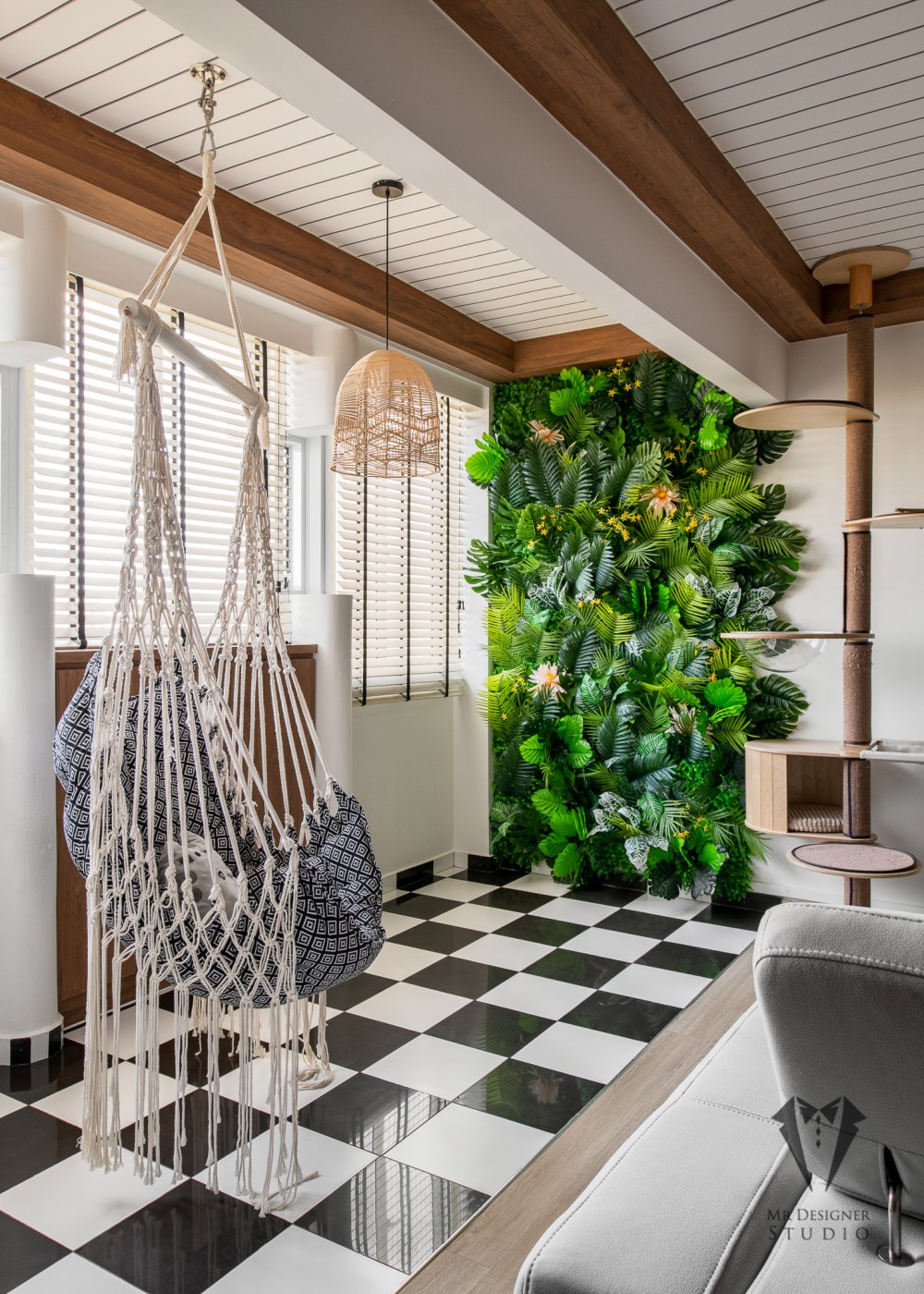

239 Compassvale Drive ($90,000) by Mr Designer Studio
What is bohemian interior design? Bohemian design is somewhat similar to eclectic design, in that it’s all about mixing different styles and looks. However, the bohemian aesthetic is more free-spirited and incorporates more colour, and also focuses heavily on natural or organic materials such as cane, rattan, and bamboo.
Renovating your home: Similar to the eclectic style, keep your walls plain and simple to let your furnishings and home decor shine.
Purchasing furniture: Look for bold-coloured pieces and anything made of an organic material.
Budget: $ to $$$
Industrial Interior Design
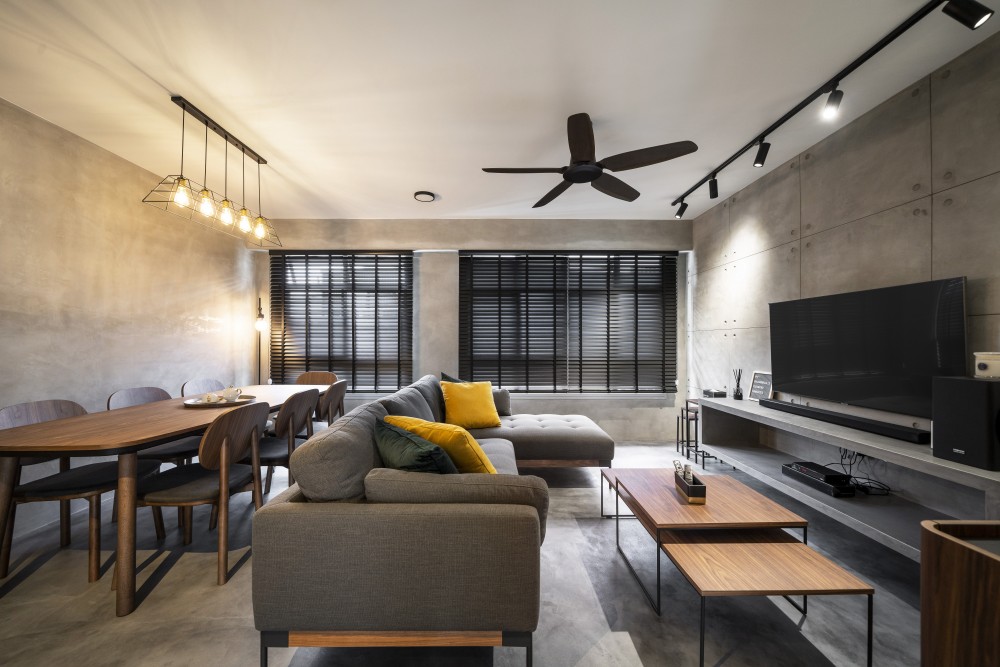

612B Tampines Greenview ($50,000) by Livspace
What is industrial interior design? Industrial designs pay homage to industrial spaces (such as old factories) that have been transformed into lofts and other living spaces. These designs are all about simple, utilitarian spaces with plenty of raw materials.
Renovating your home: Think cement screed walls, exposed brick walls and pipes, reclaimed wood surfaces, and anything stainless steel. Aim for an ‘unfinished’ look that’s more raw and gritty rather than polished.
Purchasing furniture: Leather sofas are a good fit for industrial spaces. Look for furniture that mixes woods and metals, and pieces that are made with reclaimed wood.
Budget: $ to $$$
Mid-Century Interior Design
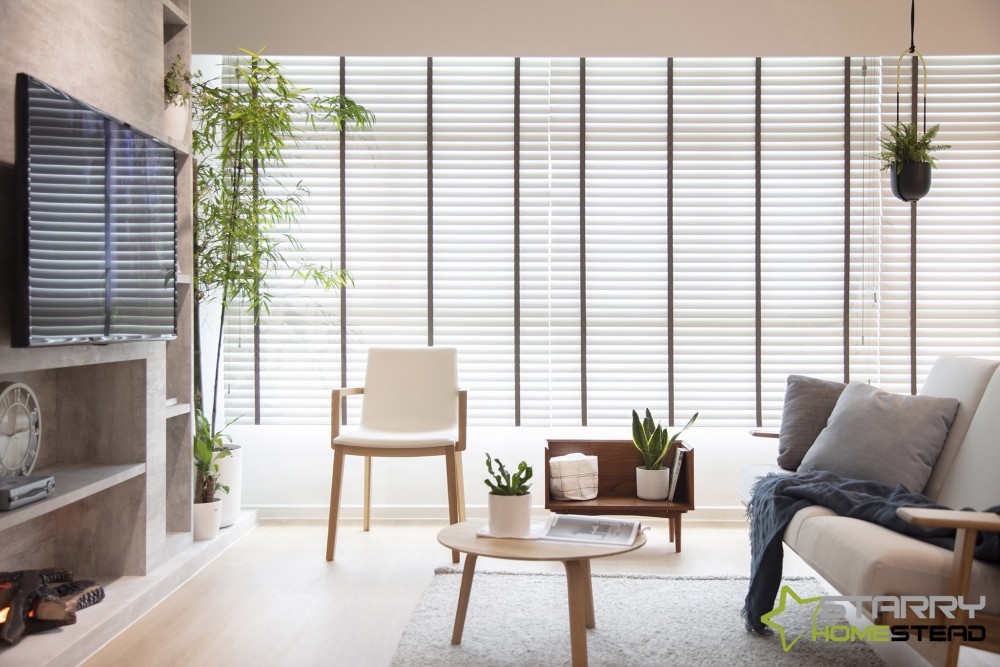

213A Puggol Walk ($70,000) by Starry Homestead Pte Ltd
What is mid-century interior design? Mid-century design was born in the 1950s and 60s, and revolves around functionality, clean lines, and simplicity. This may seem like a no-brainer now, but was actually seen as a “rebellion” against the norm in the 1950s, when furniture used to be more ornate and decorative.
Renovating your home: Keep it simple – the mid-century style focuses more on furnishings rather than wall or floor finishings.
Purchasing furniture: Look for teak, rosewood, and oak furniture, and iconic mid-century pieces such as the Eames lounger, the wishbone chair, and the egg chair. Mid-century style furniture tends to have organic, sculptural forms, with tapered legs being a common feature.
Budget: $ to $$$ for mid-century inspired furniture, $$$ if you’re looking to purchase original mid-century pieces
Choosing Your Interior Design Style
Before we leave you to ponder over what interior design style you ultimately want, we’ll answer one last question… is it possible to mix different styles?
This all boils down to what styles you’re looking at. If the styles are similar enough, eg Japanese/Scandinavian, or Scandinavian/Minimalist, yes, it’s possible to combine two different style. (If you’ve ever heard of “Japandi”, this is basically a marriage of Japanese + Scandinavian!)
If the two styles are worlds apart and don’t have much in common, however, then we’d advise you to pick one instead of trying to mix the two. For example, Eclectic/Minimalist are on opposite ends of the spectrum, and there simply isn’t a way of mixing the two styles.
Want to check out home renovation projects for more inspiration? Browse interior design projects on Hometrust, or click the button below to get connected with expert designers.
Renovating soon? Let Hometrust recommend the best interior designers.
If you are reading this, you are probably wondering how you can create your dream home.
Here’s the thing, everyone’s needs and requirements for their home renovation is different. A designer that may work for someone else, may not quite work for you.
At Hometrust, we’re here to help match top rated designers, recommended by past homeowners to you through our data-driven and matching algorithm.
Whether you are looking for partial renovation or a full fledge overhaul, we’ll be able to recommend you top designers to match your renovation requirements and lifestyle.
Recommendations and free and you can simply start by helping us understand your needs below!
Get RecommendationsRenovate safe!
The Hometrust Team

